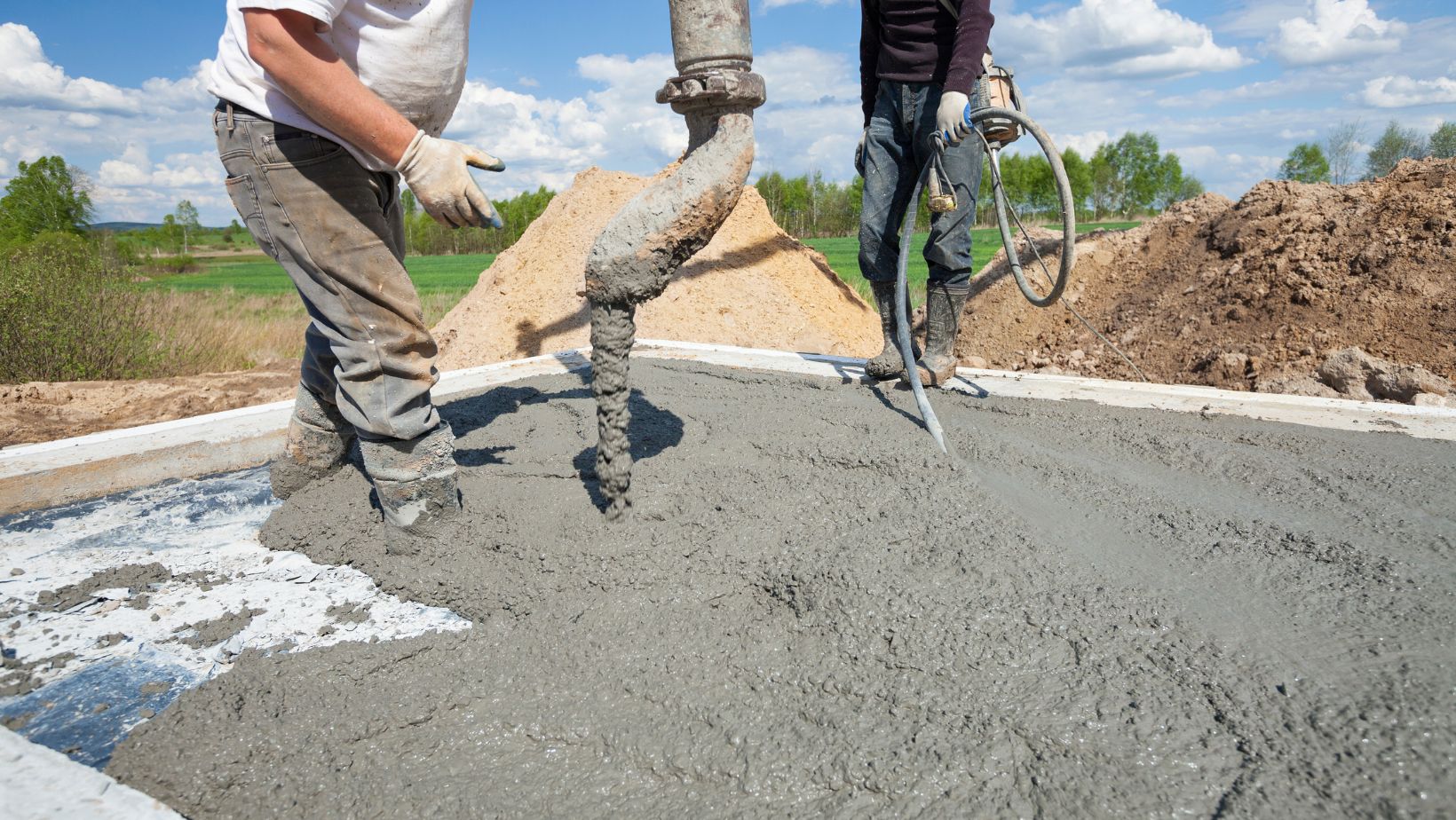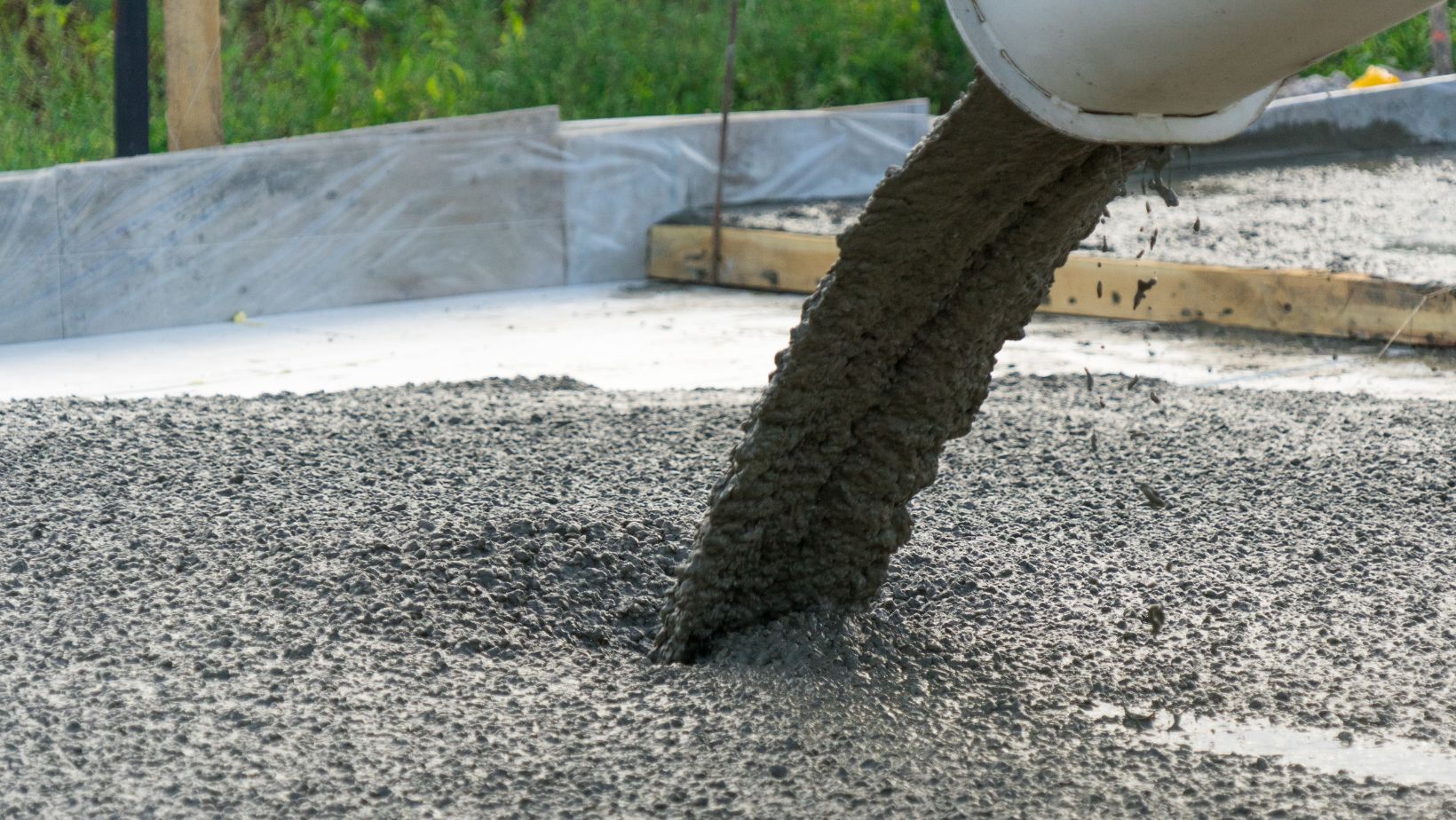Table of Contents
ToggleHow to Pour a Concrete Slab for a Garage
Pouring a concrete slab for a garage can be a daunting task, but with the right knowledge and techniques, it can be accomplished successfully. In this article, I’ll guide you through the process of pouring a concrete slab for your garage, providing step-by-step instructions and tips to ensure a solid foundation.
Firstly, it’s important to properly prepare the site before pouring the concrete. This involves clearing any vegetation or debris, leveling the ground, and creating formwork to contain the concrete. Formwork acts as a mold that holds the wet concrete in place until it hardens. It’s crucial to ensure that the formwork is level and firmly secured to prevent any shifting during pouring.
Next, you’ll need to calculate the amount of concrete needed for your garage slab. This depends on factors such as the size of your garage and its intended use. It’s recommended to consult with a professional or use an online calculator for accurate measurements. Once you have determined the quantity required, you can arrange for delivery or mix it yourself using ready-mix bags or renting a concrete mixer.
In conclusion, pouring a concrete slab for your garage requires careful planning and execution. By following proper preparation techniques and accurately calculating the amount of concrete needed, you can create a sturdy foundation that will withstand years of use. In the upcoming sections, we’ll delve into each step in detail so you can confidently tackle this project on your own. So let’s get started!

Determine the Size and Location of the Slab
When it comes to pouring a concrete slab for your garage, determining the size and location is crucial. This initial step sets the foundation for a successful project. Here are some key considerations to keep in mind:
- Assess your needs: Start by evaluating how you plan to use your garage space. Will it be used solely for parking vehicles or will it also serve as a workshop or storage area? Understanding your needs will help determine the ideal size of the slab.
- Measure the available space: Take accurate measurements of the area where you intend to build your garage. Consider factors such as setbacks, property lines, and any existing structures nearby that may impact the size or location of your slab.
- Check local building codes: Before finalizing your plans, consult with local authorities or building departments to ensure compliance with zoning regulations and obtain any necessary permits. They can provide specific guidelines regarding setbacks, drainage requirements, and other relevant considerations.
- Plan for future expansion: If you anticipate needing additional space in the future, it’s wise to account for this during the planning stage. A slightly larger slab can save you time and money down the line if you decide to expand your garage.
- Consider site conditions: Evaluate factors like soil stability, slope, drainage patterns, and proximity to trees when choosing a suitable location for your concrete slab. These factors can influence construction methods and potentially affect long-term durability.
By carefully considering these aspects in determining both the size and location of your concrete slab, you’ll set yourself up for success as you move forward with pouring a sturdy foundation for your garage project.





